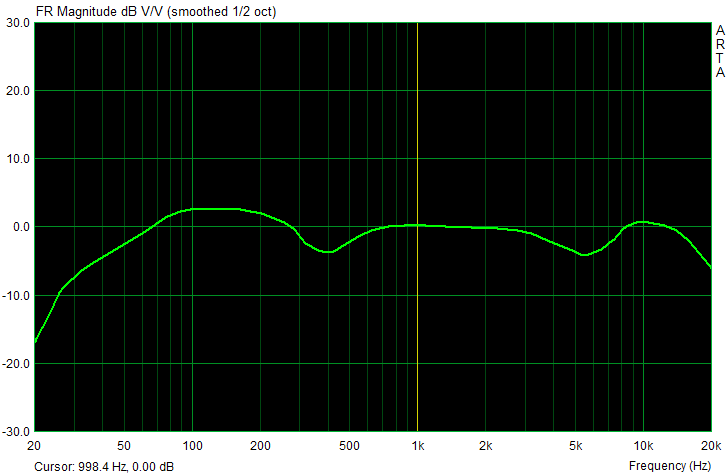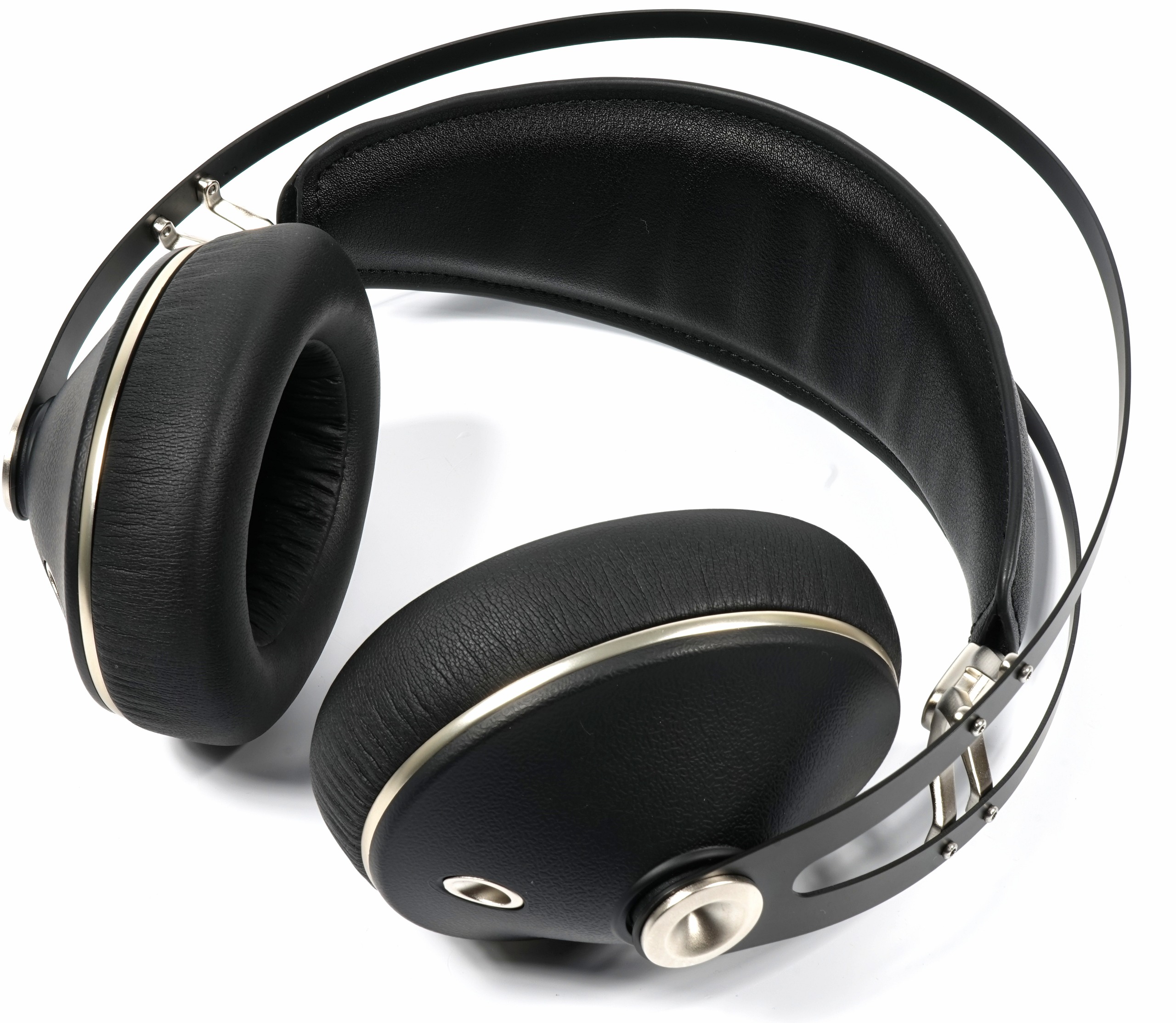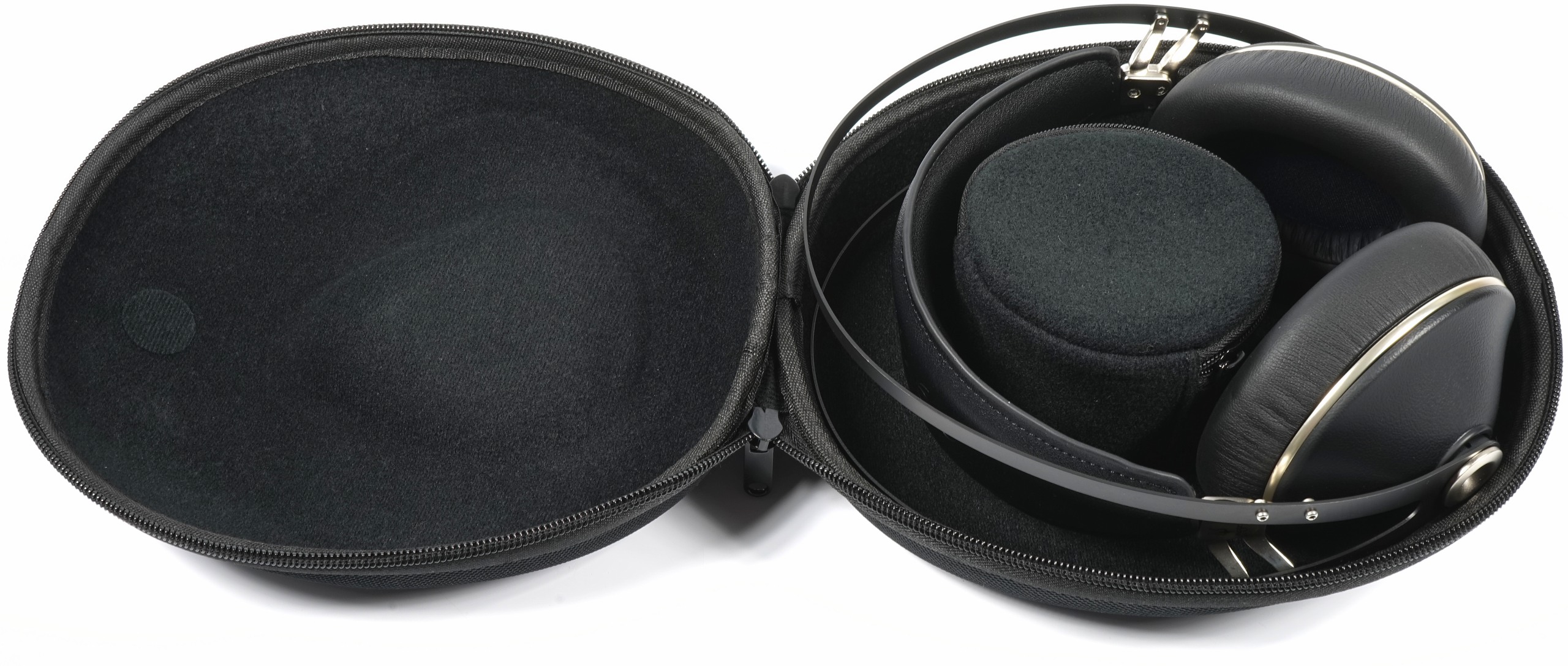The microphone is a stink-normal, omnidirectional transducer without allures and ticks, but also no more. It's enough for a phone call, as a Teamspeak source it's rather unsuitable. Gamers are more likely to cry, unless you prefer to gamble alone. Then you don't need it. It's not even bad to sound, but clipping and ANC are in vain. And when Kevin-Klaus screams next door because the porridge doesn't taste good, the whole TS community hears it right away. Directional effect equal to Niull. Which brings it into the category of nice entry for on the go. Then it fits, as long as there is no too fat wind blowing. Otherwise it rumbles in the box.

Measurements and sound check
It's by no means a wabby sound cellulite on the thighs of an acoustic diva, and even the two visible bumps in her otherwise almost flawless curves are actually still in the realm of what you can't let dr. Mang do in a panic. Should. Wouldn't it be the price and that you can hear it after all. At 250 euros, of course, we have to take a closer look and listen, as well as close the mild mood in the poison cabinet. So let's take a quick look at the measuring curve and then see what lies behind the small descent in detail.

First of all, one can put in mind that the 99 Neo is rather warmly tuned, which is probably also due to the slightly too fat upper bass. Which brings us back to the optional damping. The low bass is good to very good, albeit a little too spongy when instruments of subcontra and contraoctave meet. What works really excellently individually, becomes a bit more spongy in the interaction at higher levels. The multi-octavige bass playing between approx. 40 and 160 Hz thus becomes an acoustic gamble.
But it is far from muddy, God forbid. Only it just seems a little too voluminous and set up in the upper area. The organ of the Gewandhaus in Leipzig comes well and purposefully into the blackest depths in Bach's Toccata and Fugue in D minor and can also assert itself solidly there, as there is a lack of deeply positioned opponents. However, the large bass drum pushes an electric bass partially quickly against the wall, if sometimes deeper is grasped. But who is playing empty strings? From this point of view, all this is whining at the highest level.
The upper bass up to 150 Hz, in which also the Great Octave (65.4 to 130.8 Hz) is located, houses the basic language frequency of the male voice and decides very strongly on the true-to-life reproduction of male vocals. Here we mainly examine the reproduction of good male vocals as well as the harmonization of different vocal positions including the location of individual sources (group singing). But this is exactly where the 99 Neo has a slight overemphasis on the deeper, male vocals.
Which brings us almost to our first dent at 400 Hz. The so-called lower mids (basic tone range), which end exactly there, together with the upper bass play a very important role for the subjectively perceived heat or heat. Fullness of the sound of many instruments. The basic language frequency of female voices can also be found in this area, so that we evaluate both individual, female vocals and the choir as a sum in order to obtain a verdict on the spatial imaging capacity. But that's exactly where the 99 Neo paws, because the upper bass dominates the lower middles audibly.
How can we imagine that now? Take a tuba, for example. Although it plays below the lower middles, the harmonics lie exactly in the end area of the lower and the beginning of the upper middles. So really nice in the middle of it all. But since it is precisely the overtones, which are rather a versatile sound mix, that make up the recognition and character of an instrument, the rather simmering sound of the tuba also changes to a far too warm basic tone without overtones. Nothing against a rather warm vote, but that's just too much (not mud) because you don't perceive the overblowing as succinctly as desired.
We suspect behind all these flaws the rather uninspun,looking, flaccid ear pads, which are a little too spongy for our taste and also do not create sufficient distance between driver and ear. Especially the bass course and the beginning bubonic plague within the middle scounduation are probably the cause of these small, tonal negligences. Here, Meze would be well advised to improve again with measurements and blind tests and, if necessary, even optionally offer otherwise filled upholstery as an alternative or to settle them immediately.

Otherwise, the upper mids offer up to approx. two KHz everything your heart desires – up to an almost grandiose spatial resolution. Whether chamber music or sultry monumental classics with a full cast, it fits perfectly and you always marvel at where the rather small drivers take the power for the cleanly reached levels. The rather quiet tones up to the lower heights also please very well.
In this area, between approx. two and 3.5 KHz, human hearing is known to be the most sensitive, especially since the lower heights are responsible for the good overtone reproduction of the human voice. This frequency range is crucial for the recognition of a voice or many instruments, so that one can also speak of the respective timbre in this context. This also works very well with the 99 Neo.
At the middle heights up to approx. six KHz it decides about the failure or failure of the speech reproduction as an overall picture, because the S- and hiss — and hissing (sibilants) fall into this area. Many string and wind instruments stand and fall in their brilliance with the best possible illustration in this area. Because when it comes to exaggerations, a metallic or scratchy impression is created very quickly. Or it is the opposite, where the 99 Neo at approx. six KHz opens a certain hole. Well, it's not as deep as Lake Constance, but the experienced Zuhöhrer misses something, guaranteed.

The following area of the upper heights from six to approx. 10 KHz is important for the wide-band image of overtones of many instruments and also of the air noise (breathing noise, demolition and blow-out noises), as well as various percussion instruments. A popular object in this area is the often quoted jazz blower, which can sink as a musty cleaning cloth. And while a guitar suffers less when it is poorly characterized, in extreme cases a violin quickly becomes a flute. Not so with the 99 Neo, who plays here almost too crispy and somehow wants to make up for all that was missing with the middle heights. You can like this tuning, especially if you are used to Klipsch boxes with aluminum tweeters and horn spotlights.
Summary and conclusion

The Meze 99 Neo is a very good headphone in itself, which is very warm and sounds anything but dry and analytical. You can live with that, but you don't have to, because there are also many good opponents in this price segment. The strengths of the 99 Neo are its good spatiality. the great stage and the almost too dominant start in the super high tone, while the weaknesses are to be seen especially in the lower middles, but also the middle heights, both of which are equally weaker than desired. Nevertheless, the 99 Neo plays at a very high level, no question.
The workmanship is good to very good and the material mix is also fine. Only the ear pads irritate a little and disturb the very positive overall impression a little. If you can hope for a repair and wait here, or if you don't listen so petty, you get a solid and level-proof headphones that leaves nothing to be desired. Well, it's well known that it's always easier. This is nothing new. However, we would not give a buying tip due to the current weaknesses, because the price is simply a little too self-confident.































Kommentieren